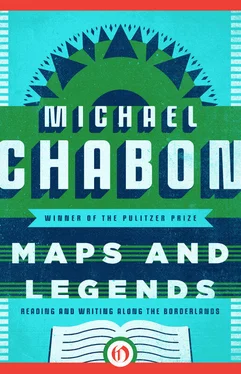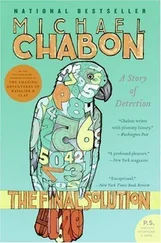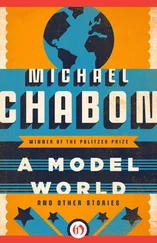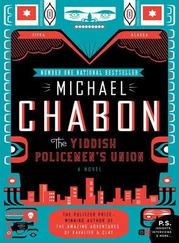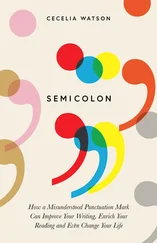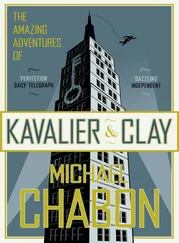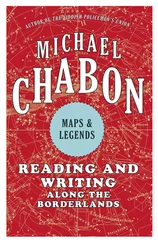The pop artisan operates within the received formulas — gangster movie, radio-ready A-side, space opera — and then incorporates into the style, manner, and mood of the work bits and pieces derived from all the aesthetic moments he or she has ever fallen in love with in other movies or songs or novels, whether hackwork or genius (without regard for and sometimes without consciousness of any difference between the two): the bridge in a song by the Moonglows, a James Wong Howe camera angle, a Sabatini cannonade, a Stan Getz solo, the climax of The Demolished Man, a locomotive design by Raymond Loewy, a Shecky Greene routine. When it works, what you get is not a collection of references, quotes, allusions, and cribs but a whole, seamless thing, both familiar and new: a record of the consciousness that was busy falling in love with those moments in the first place. It’s that filtering consciousness, coupled with the physical ability (or whatever it is) to flat-out play or sing or write or draw, that transforms the fragments and jetsam and familiar pieces into something fresh and unheard of. If that sounds a lot like what flaming genius gods are supposed to be up to, then here’s a distinction: the pop artisan is always hoping that, in the end, the thing is going to fucking kill. He is haunted by a vision of pop perfection: heartbreaking beauty that moves units. The closest that Howard Chaykin has yet come to fulfilling that vision — though he has approached it many times — is probably still American Flagg!
* Genius can get by, even flourish, with a limited artistic tool kit.
2.
By 1982, the well-established science-fiction trope of a dystopian future America (or of a solar or galactic federation closely extrapolated from the American model), dominated by giant conglomerates, plastered with video screens and advertisements, awash in fetishized sex and sexualized commodities, fed and controlled and defined by pharmacology and violence, had been working its way into mainstream comic books for several years, particularly at Marvel. Just as Golden Age comic books had been influenced (and in some cases written) by the hacks and flaming geniuses of the slightly earlier Golden Age of science fiction, many of the creators of early-to-mid-seventies comic books showed the influence of sf’s New Wave of the previous decade. The psychotic megacities and paranoid technoscapes pioneered in 1940s sf by Alfred Bester†(far ahead of his time and sadly neglected today), and further explored by Philip K. Dick, William S. Burroughs, Harlan Ellison, J. G Ballard, Michael Moorcock, and John Brunner, were reflected in titles like Rich Buckler’s Deathlok the Demolisher, Jim Starlin’s Warlock, and the work, across many genres and titles, of Steve Gerber. Little by little, comics, along with the rest of us, began to surrender the old World’s Fair — cum- Jetsons vision of the way things were going to be.‡
† He wrote for comics, too, and is credited with creating the original Green Lantern Oath.
‡ I don’t think you can discount the influence of Soylent Green (1973) and, particularly in the case of AF! of Rollerball (1975), the first movie depiction of a future not merely ruled but styled by evil corporations.
3.
By the time that Chaykin brought out American Flagg! in 1982, therefore, the idea of a science-fiction comic book set in a dystopian American future was not a new one; and most of the fundamental elements of the world Chaykin depicts — earth abandoned by its corporate rulers in favor of off-world colonies, marauding gangs of armed motorcycle freaks, the city as a kind of vast television or information screen that irradiates or medicates its denizens with psychotropic sitcoms, could be traced back to novels by the writers of the New Wave and their successors, to Rollerball and, of course, to Blade Runner (directed by Ridley Scott, another pop artisan, and itself based on a Dick novel), which premiered about a year before American Flagg! But no one had ever crammed those elements all together before, in quite the way that Chaykin did here: the post-nuclear, post-global-collapse, post — Cold War, corporate-controlled, media-overloaded, sex-driven, space-traveling, Jean-Paul-Gaultier-by-way-of-Albert-Speer freak-o-rama that was to be life in 2031.
What Chaykin uniquely intuited, perhaps through the process of adapting Bester in the early graphic novel The Stars My Destination (1979), was that with its fundamental liability to fragmentation, juxtaposition, and the layering of text and images; with its multiple margins into which ever denser images and subtexts and submargins could be crammed; with its ability to hyperjump a million light-years out to the edge of the galaxy in the space of a quarter-inch gap between panels; with its mongrel vocabulary, its clandestine heritage of sex and violence, its nature as corporate-owned media outlet and mass-produced object; and above all with its accumulated history of stale, outmoded, and rotting bright futures, the comic book was perfectly suited not merely to adapting but in some measure to embodying the hybridized, trashy, garish future of simulacra and ad copy that comics had been hinting at over the past decade. Other comics creators had written or drawn the American dystopia; Howard Chaykin went and built one.
4.
I fear I have made reading American Flagg! sound like a grim, possibly even dreadful task. In fact from the first panel the strip, almost twenty-five years later, remains completely exhilarating. Part of the reason for this is the virtuoso display Chaykin puts on, with a certain vandalistic Brooklyn-boy glee, of how utterly to scramble the standard deck of page layouts that comic-book artists had been shuffling and reshuffling for years. Chaykin played, dazzlingly, with the effect you could get from just a handful of dull square subpanels arranged across a big single-panel page on which, in that one big panel, something violent and wild was taking place. All that gorgeous Caniffian line, putting the flutter into a lacy cuff, setting a gleam on the visor of a leather hat, flinging a spray of blood into the air, all that lavish, nonchalant beauty plastered over with Jewish gags, neon signs, talking-head nattering, tough-guy commentary, scientific annotation! If Chaykin’s work comes squarely out of the tradition of comics art that likes to stand back and notice how pretty it is — a tradition that includes greats such as Alex Raymond, Mac Raboy, Jim Steranko, Barry Windsor-Smith, and Neal Adams — it is perhaps unique in that it also derives, less obviously, from another grand comics tradition from E. Segar to Al Capp to Kurtzman and the Mad men to Kyle Baker: the tradition of mocking wordplay, snide commentary, caricature, and the irrepressible, compulsive, sometimes perilous need to undercut more or less everything but especially comics art that likes to stand back and notice how pretty it is.
The characteristic Chaykin facial expression is the raised eyebrow — of irony, skepticism, puckishness, a satirist’s rage. In his work, on his characters’ faces, the raised eyebrow takes on an iconic power. It’s a combination of punctuation mark, the line that indicates a flexing muscle, and the kind of ripple or wave that cartoonists use to suggest motion, explosion, velocity, shock. I have never seen a published photo of Chaykin in which he fails to sport one himself.
5.
People have been imitating, swiping from, and building on Chaykin’s experiments in panel arrangement, text-balloon placement, and parallel narration for over two decades now and the thing still startles and disturbs the eye. It’s like Citizen Kane in that way. Welles and Chaykin may not have invented or pioneered all the stylistic and technical innovations on display in their masterworks, but they were the first to put them all together in a way that changed how their successors thought about what they could, and had to, and wanted to do.
Читать дальше
Конец ознакомительного отрывка
Купить книгу
